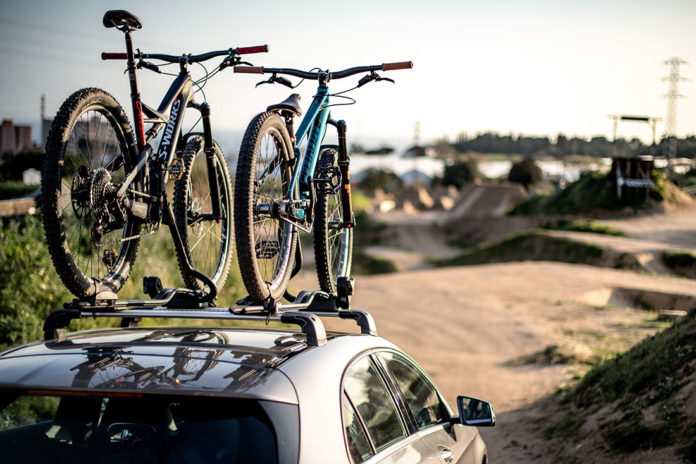
Before we get into the details, let’s begin with what a roof rack is. Some cars come factory fitted with rails running along the length of the car’s roof on either side. The vital piece needed to make this into a roof rack is another bar, known as a crossbar, running from rail to rail. Some vehicles come factory fitted with this crossbar already installed, and some require you to purchase and install one yourself. RackFact.com is a great place to go and check some roof racks out.
You can use these crossbars to place mounts onto to mount your bikes on the bars. They work well, but it is important to note that factory fitted crossbars aren’t always the strongest. Generally speaking, they’re designed to look good rather than to function well. That is important to be aware of as you might be limited to how much weight you can load up on the bar.

Another limitation is that the width between the rails is a fixed measurement, so you’re also limited to the number of bikes you can load up or the configuration (motorbikes with a cargo box, for example). Installing an aftermarket system will allow you to configure your crossbars to accommodate a variety of settings. It will also have a higher weight capacity.
So, let’s say your vehicle doesn’t have a factory-fitted crossbar, or you’re looking to upgrade the factory fitted crossbar to a system that’s stronger and offers more capacity. The first thing you need to know is that the type of roof your vehicle has to install the correct roof rack for your specific bicycle. And make sure you have all the things for your outdoor ventures like hiking etc.
Once you’ve identified which roof type your vehicle has, you’ll need to know the model and the year of your car. You can visit the Yakima site where you can enter all your car’s details, and they’ll tell you exactly which roof rack you need for your specific vehicle. Thule also provides this beneficial feature.
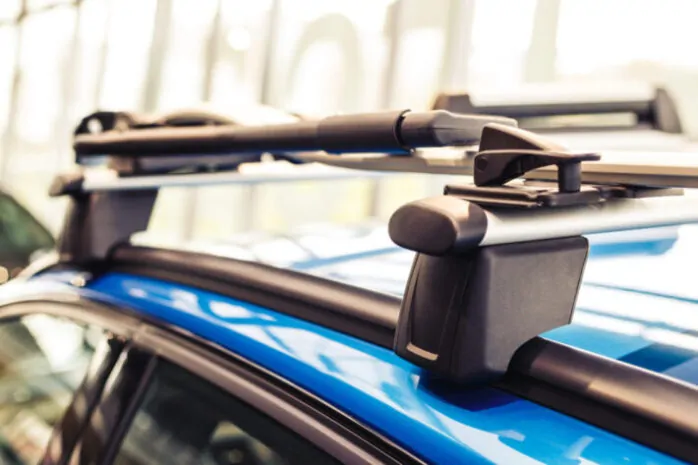
Let’s take a closer look at roof types:
Naked Roof Type
Naked roofs are typical on smaller vehicles. You’ll also find them on some SUV and truck cabs too. As the name suggests, a bare roof is bare. There is no rails or mounts factory fitted, and they require a clip system.
Raised Siderails Type
These are rails that run along the length of your vehicle’s roof on both sides. They are also increased, which means you can place your hand between the roof of the car and the rail.
Flush Siderails Type
Flush side rails are just like raised side rails, except there is no gap between the roof and the track, and they sit flush against the ceiling of your car.
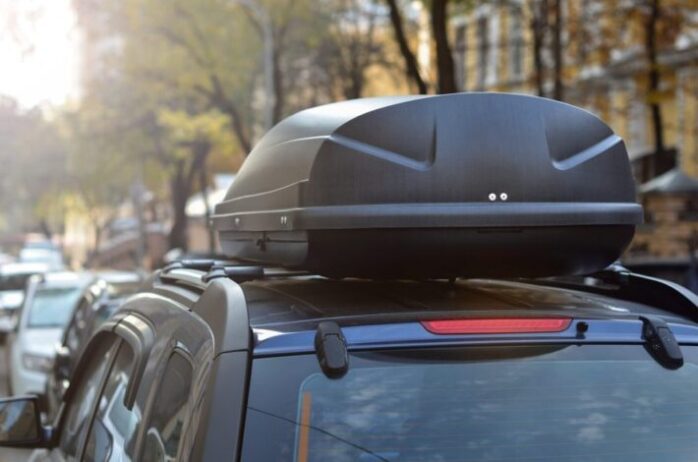
Fixed Points Type
This type of roof rack looks very similar to a naked roof, so it’s easy to confuse them. However, a fixed-point roof does have an attachment point or pre-drilled hole somewhere along with the ceiling. It’s a dominant mounting type, just hard to find. Your best bet would be to enter your car’s details into one of the manufacturer’s sites, and they’ll take the effort out of it and tell you exactly what type of roof your vehicle has.
Track Type
The track type is typically found in older vehicles. With this roof type, you’ll find tracks, or slots, running along the length of your car. They sit flush to the roof, and you’ll mount your roof rack into the track slot. To learn more about these, visit carbibles.com.
Rain Gutter Type
Again, these are also typically found in older vehicles. You’ll find these gutters running along the sides of the car, above the windows. Your roof rack will then attach directly onto these gutters.
Choosing the right roof rack for your needs
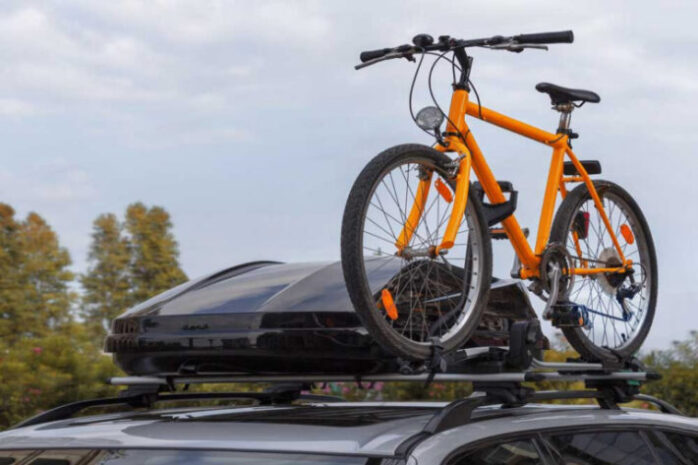
The roof rack you need depends largely on what you want to load onto it. Roof racks will allow you easily transport your bike, your kayak, some camping equipment, or even your rooftop tent. Here are ten things you should look for when buying a roof rack for your vehicle:
1. The weight of the frame
When selecting a roof rack, you want a strong one – not a heavy one. You don’t want to compromise on what you can take along with you on your vacation because of your rack taking up your weight limit. Instead, opt for an aluminum rack over steel. It will be around 30 percent lighter while being stronger and allowing for more carrying capacity.
2. Durability and Strength
Following on the weight of the rack, be sure to check that the roof rack you’re looking to purchase is designed for the terrain or weather conditions you want to use it in. Don’t venture into the backcountry with a cheap rack that can’t handle the dirt trails. Likewise, don’t head into the Alaskan cold with a frame that wasn’t designed for those kinds of temperatures.
3. Accessory check
A great rack to choose is one that allows you to attach a wide range of accessories. Often brands will make it challenging to use competitor accessories on their frames to be sure to check this when purchasing your bike rack. You’ll want to make sure your roof rack accommodates a wide range of accessories like bicycles, kayaks, surfboards, skis, rooftop tents, water or fuel cans, or whatever else you might need for your journey.
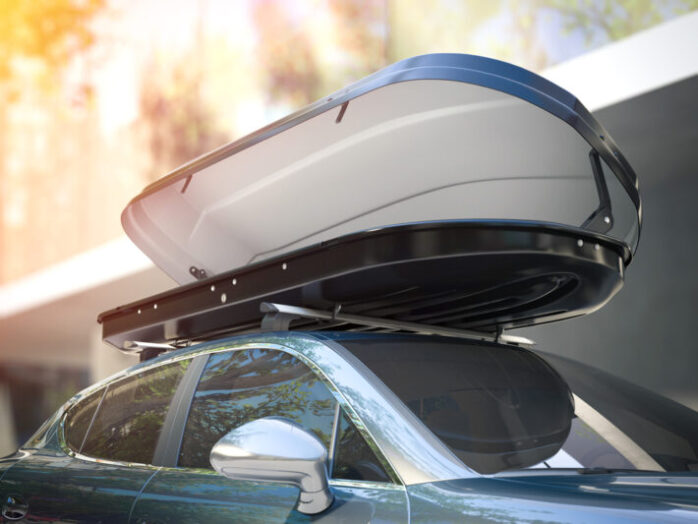
4. Stick to reputable brands
There is an abundance of companies out there manufacturing cheap, poorly made roof racks that will break on your first trip. Save yourself the trouble and instead spend the extra on buying from a brand that is trusted, well-known, and reputable. These companies have been around for many years, and they offer excellent customer service with assistance in installing your rack too.
5. Take it from someone who knows
When looking for guidance on which rack to buy, it’s worth looking at those already in the game. Professional adventurers and outdoorsmen will have most certainly already gone through the process of trying and testing various racks to suit their journeys. It would be best if you took note of the frames which they’re currently using; there’s likely a reason they’ve chosen it (because it works!).
6. Avoid Plastic Racks
Try to find a rack that is 100% metal, including all the small components of the frame. Plastic perishes and wears over time, becoming brittle and weak. That increases the likelihood that your frame will break within a few years. Aside from that, plastic also has a lower load-bearing capacity to metal.

7. Select a low-profile rack
Regardless of which roof rack you choose, it will affect your fuel economy as well as sound. By selecting a low-profile roof rack, you’ll at least be able to minimize the impact of both fuel economy and noise. Another benefit to a low-profile frame is that it makes loading and unloading your gear far easier. It’s also easier accessing garages with low ceilings.
8. Make life more comfortable with a modular rack
A modular roof rack allows you to change configuration based on each trip. It’s easy to assemble and allows you to add or remove slats as needed.
9. Wide Product Range Brand
It’s very likely that, if you select a bike rack from a good reputable brand, your bike rack will outlast your vehicle. When choosing your bike rack, look at companies that offer an extensive product range. That will ensure that you’ll be able to use your frame on your next vehicle too. A company that provides a wide product range will also have a broader understanding of potential problems or questions you might have. Keep this in mind when choosing your roof rack.

10. In-stock Availability
Lastly, make sure the rack you’re interested in is in stock or readily available. There’s nothing worse than ordering an item that isn’t delivered in time for your vacation. When planning your outdoor adventure, the last thing you want to be hassling with before your trip is trying to fight with a customer service employee to try to get your rack delivered in time.
Conclusion
Your roof rack should last for many years and see you through many adventures. Take time when selecting the right one to suit your needs and don’t compromise on quality to save a couple of dollars. If you’re unsure, go read customer reviews on Amazon. That will give you a great idea of what to expect as well as if it’s a reliable and quality product or not.











